When was the last time you checked the condition of your home or business locks? If you can’t recall—or if it’s been years—you might be trusting outdated locks with your security. While they may look intact, outdated locks are often easy to pick, bump, or break, leaving your property vulnerable. Here’s how to spot the warning signs and what to do if your locks are behind the times.
The Hidden Dangers of Outdated Locks
Locks don’t come with expiration dates, but they do wear out. Like any security system, they degrade over time—either physically or due to evolving threats. Criminals are constantly updating their tactics. What protected your home a decade ago might now be one of the easiest targets on the block.
Many older locks lack the security features found in today’s high-security models. They may be vulnerable to:
- Lock bumping or picking(especially pin tumbler locks)
- Key duplicationfrom common blanks
- Forced entrydue to weaker materials or worn internal parts
5 Signs Your Locks Are Outdated
- You’ve had the same locks for over 7–10 years
Most locksmiths recommend assessing your locks every 5–7 years. Metal fatigue, rust, or internal wear can make them unreliable. - The lock sticks or requires jiggling
A key that doesn’t turn smoothly is more than an inconvenience—it’s a sign of worn pins or internal misalignment. - You’ve experienced a recent break-in or attempted intrusion
Even if the locks “held up,” they may now be structurally compromised or already marked as an easy target. - You still use traditional single-cylinder deadbolts without reinforcement
These are among the easiest to kick in or bypass. Today’s ANSI Grade 1 locks offer significantly more resistance to brute force. - You’ve moved into a new home or changed tenants—but not the locks
You have no way of knowing who else has copies of the keys. Rekeying or replacing is essential for peace of mind.
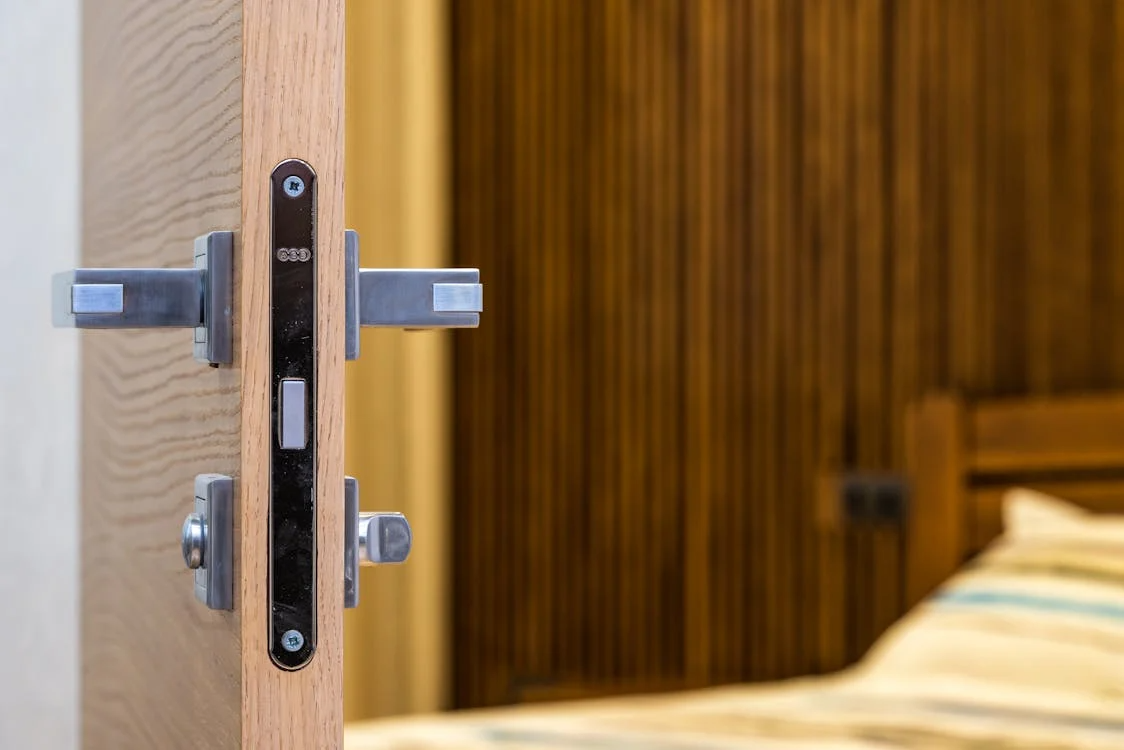
Best Options for Upgrading Outdated Locks
Not all lock upgrades require a full overhaul. Depending on your situation, you might consider:
High-Security Manual Deadbolts:
Modern mechanical locks have come a long way. Look for ANSI Grade 1 deadbolts with features like anti-drill plates, hardened steel bolts, and restricted keyways that make them highly resistant to picking, bumping, and forced entry.
Smart Locks with Secure Encryption:
If you’re upgrading to keyless entry, choose smart locks with two-factor authentication, encrypted communication, and regular firmware updates to prevent hacking.
Reinforced Strike Plates and Longer Screws:
An easy and affordable way to improve door strength. Reinforced strike plates with 3-inch screws can dramatically increase resistance to kick-ins—especially important for older wood frames.
Full Security Assessments:
A professional locksmith can review your current lock setup, identify vulnerabilities, and recommend a mix of manual and smart solutions tailored to your security needs.
Don’t Wait for a Security Wake-Up Call
The cost of ignoring outdated locks can be far greater than the investment in a proper upgrade. According to the FBI, nearly 60% of residential burglaries involve forced entry, and many occur through the front door.
Your locks are your first line of defense—don’t leave them stuck in the past.
Call Free Eagle Locksmith today!
Whether you’re dealing with a sticky lock, an old cylinder, or just want peace of mind, Free Eagle Locksmith offers expert evaluations and upgrades for residential and commercial properties. Get fast, affordable service backed by years of experience and industry-leading solutions.


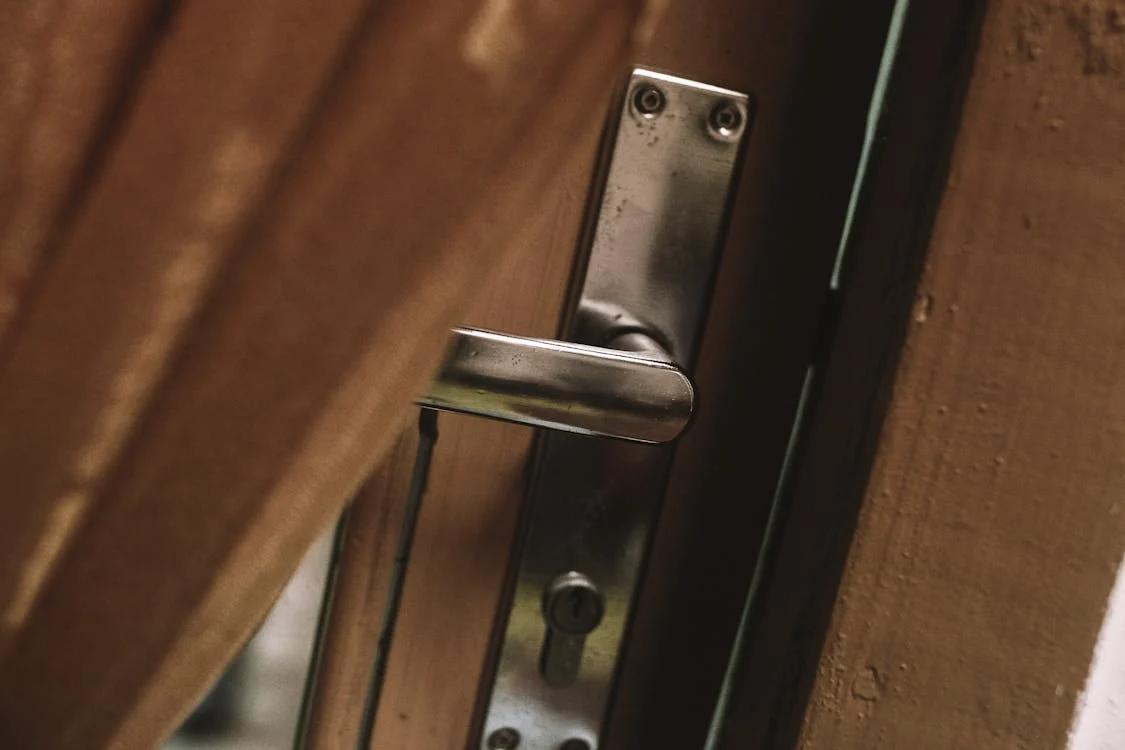
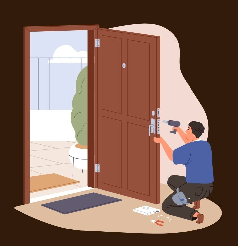
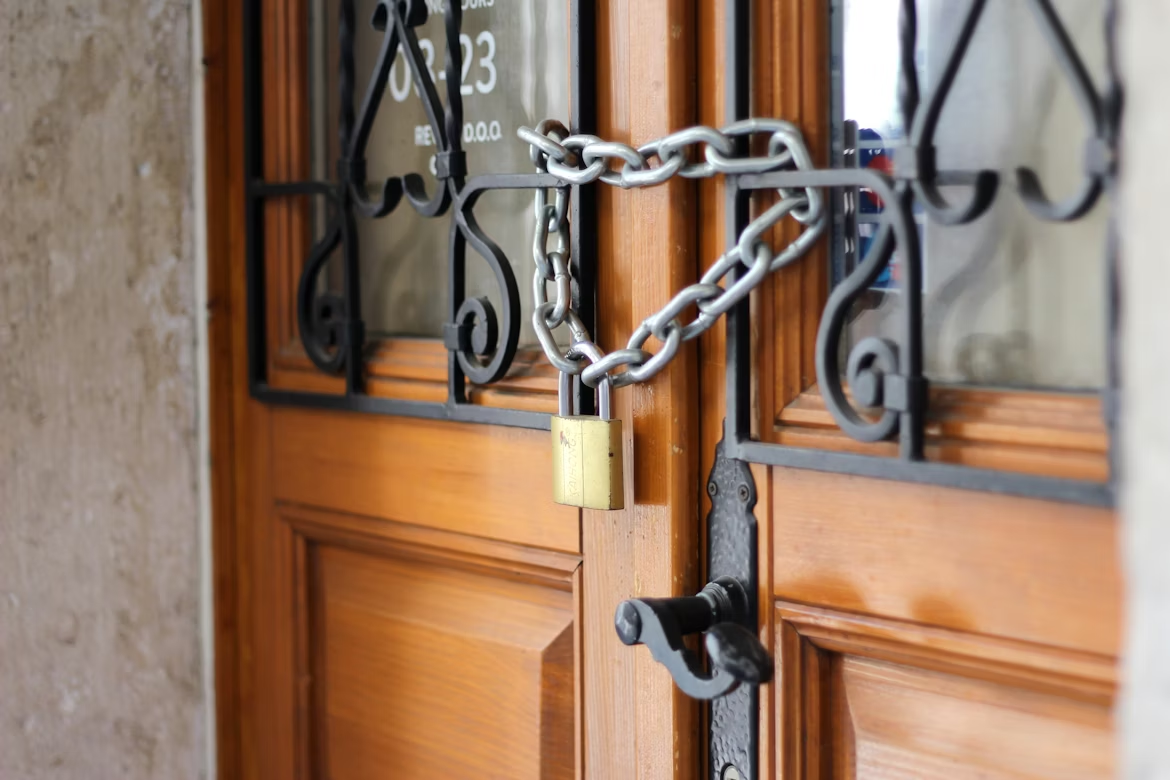

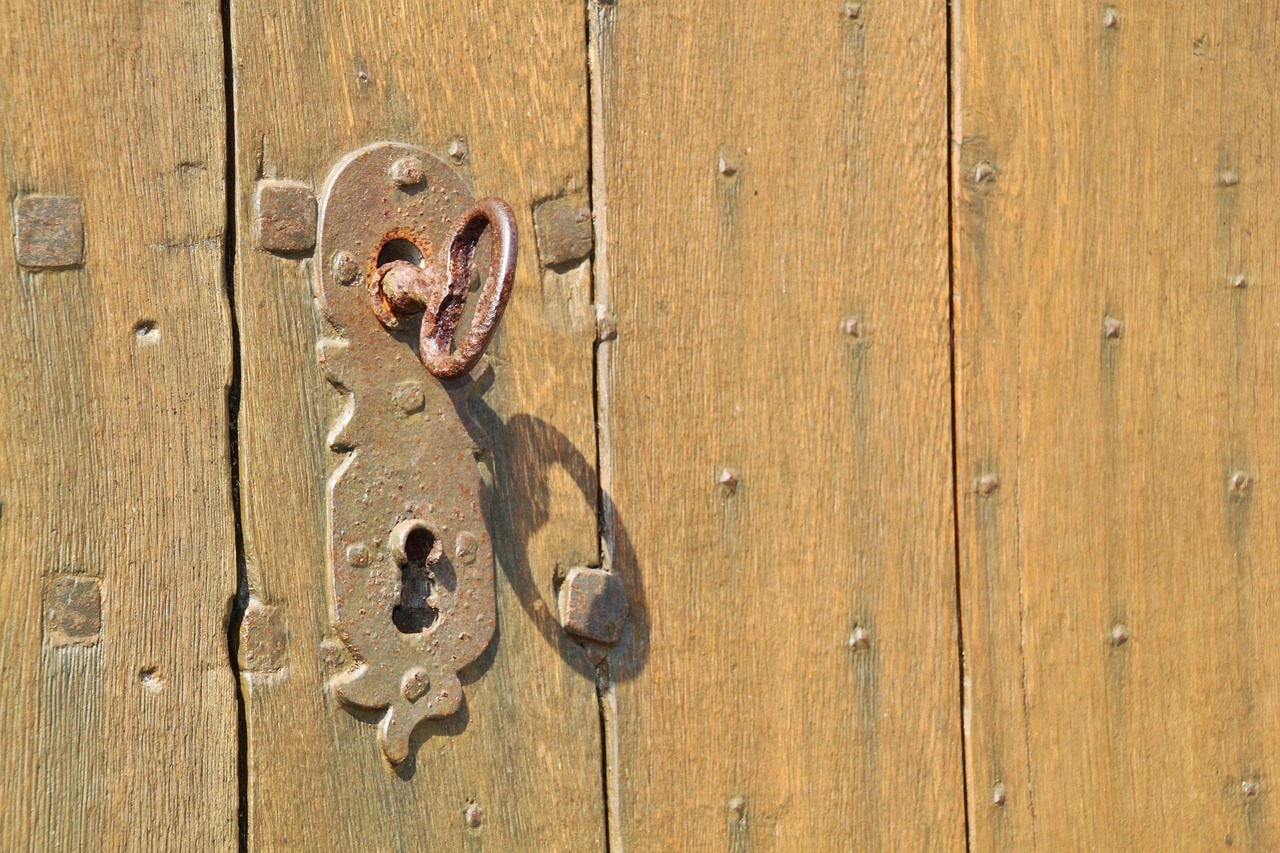
Leave A Comment